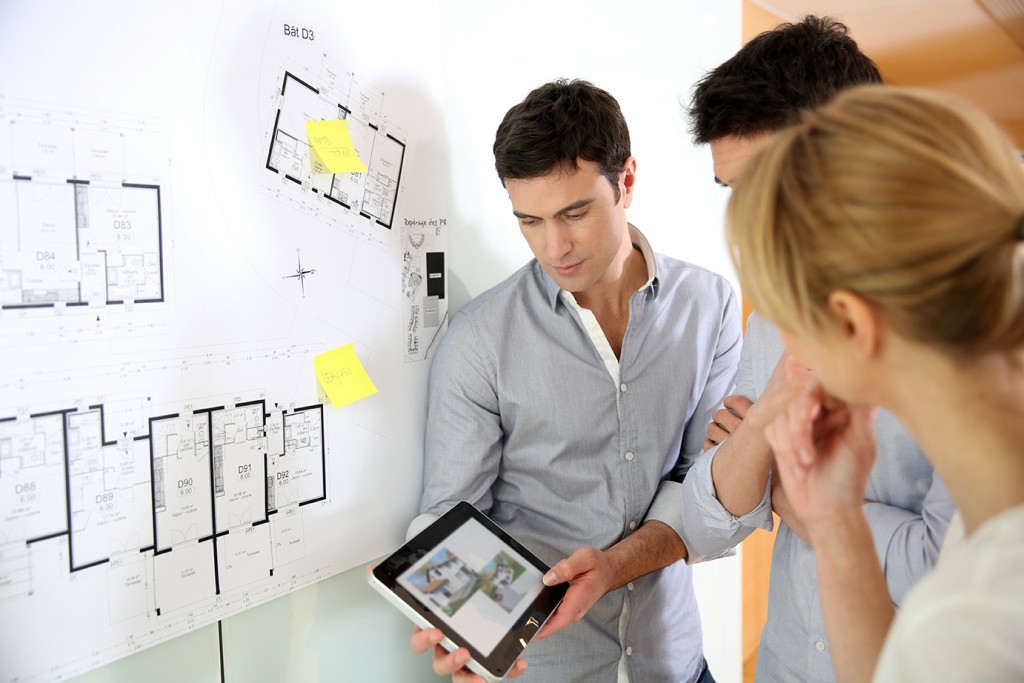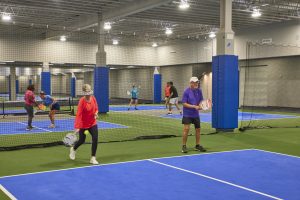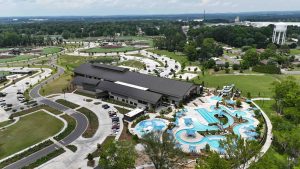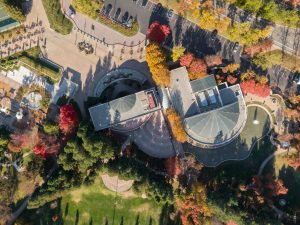Guest post written by Cameron Connelly, Content Marketing Intern, The Sports Facilities Companies.
Venue planning is a lot like arranging a wedding’s seating arrangements. It may seem like a simple task at first, but once you get started you realize just how much thought and effort needs to go into it to get a good result. Sure, the basketball courts and volleyball courts can sit together, and the baseball diamonds and soccer fields can keep each other company outside, no problem. But if we sit the concession stand next to the basketball courts then does that mean we have to put the restrooms outside with the baseball/soccer fields? Things can get even worse if you get a plan made up and then find out that you forgot to assign a seat for storage or maintenance. Don’t worry because, here at The Sports Facilities Companies, we have sports facility design experts that have experience in planning out venues that successfully cater to all the needs that a sports, events, or recreation may have so that every big day can go on without a hitch.
Start the Design Process
The venue planning process begins once the business plan and financial forecast has been completed. The information contained in the business plan and financial forecast will provide important guidance about what is and isn’t feasible for a facility and what kind of items are important to allow the facility to achieve its definition of success. The process itself starts with a facility planning development session in which you refine your vision, determine your definition of success for the venue, and establish how your vision and definition of success will align with the space and programming. The process that we use at The Sports Facilities Companies focuses on programming-driven design that utilizes the programs, events, and activities that you plan on offering to influence the design of the venue. In doing so, we can design the facility to have the perfect layout for the activities offered before switching the focus to the rest of the features and amenities.
Plan for the Future
Ideally, a new sports facility will be able to serve the community for up to 30-40 years. It is impossible to predict what the community’s sport of preference will be or what new sports may emerge in that span of time, but there are still some things that you can do to make sure that your facility remains relevant despite any changes that may occur. For example, with the rapid growth of esports over the last decade, we have realized that for a facility to be able to host events and provide this type or programming to guests, they need to have a much more robust technical infrastructure than what was required in the past. With that in mind, it is important to plan for future and current uses.
Alright Stop, Collaborate and Listen
Once the facility planning development session is complete, it is time to collaborate with the architect and designer on the sports-specific aspects of the design. It is important to provide them with requirements and recommendations for the venue while also reviewing any of the design documents to ensure that they align with best practices the sports, events, and recreation programs that you plan to offer. This is also the time to bring in any in-house subject matter experts to design the parts of the facility related to sponsorships, branding, entertainment, and FF&E.
Here at The Sports Facilities Companies, we have a team of experts that can guide you through every step and every stage of the sports facility development process. Feel free to contact us or give us a call at (727) 474-3845.






